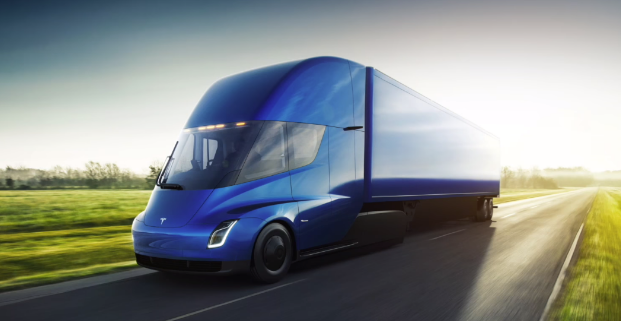By now everybody has heard of 3D printing. A 3D printer is able to print tangible three-dimensional objects with a wide variety of materials like gold, wood, titanium, polyester, sand and more. Due to advancing technology, buying a 3D printer has become cheaper each year (Chakravorty, n.d.). While 3D printing is still on the rise with increasing possibilities and applications, 4D printing is already being identified as a new emerging technology. Although 4D printing builds on the technology of 3D printing, this technology and its applications are a bit harder to understand (Molitch-Hou, 2019). Since 4D printing is still in its starting phase, this article will present a broad overview of this emerging technology and its possibilities.
Like stated before, 4D printing is based on the technology of 3D printing. In addition to the dimensions of height, width and depth, the fourth dimension time is also added. 4D printing makes it possible for the object to adapt itself over a certain period of time. This change in shape is triggered by an external stimulus such as water, heat or light (Harmsen, 2017). For the 4D printing process, special materials are needed that are able to react to these stimuli. These materials make the object programmable as it is able to transform into different shapes whenever it is triggered. The advantage of this process is that this technique depends on the type of materials that are used rather than the printing itself. This means that for printing 4D objects 3D printers can be used (Young, 2019).
The ability to create objects that memorize shape changes like stretching, twisting, folding or curling creates immense possibilities for future product design (Crawford, 2014). In the transportation industry this could also bring huge benefits as objects that are able to fold themselves up require much less space. This will reduce costs immensely as much more products could be moved per shipment (Harmsen, 2017). 4D printing could also be useful in de medical and biomedical world. Imagine if a medicine would only release its active substance when the firsts signs of an infection or illness occur. The temperature change in the body could serve as a trigger to spread the active substance (Pye, 2016). A French firm called Poietis has successfully developed bio-printed skin which could be used for pharmaceutical and cosmetic research. This means that medicines could be put on the market faster as the effects can be tested on a human skin equivalent. Additionally, using this method could make testing of skincare and beauty products on animals outdated (Molitch-Hou, 2019).
4D printing is proving to be useful for a wide variety of industries. The countless applications that can come from this new emerging technology are fascinating. This technology could facilitate in the betterment of human lives in the future as it provides new ways to create functional and complicated objects. In the upcoming years, 4D printing will continue to seize our imagination.
Chakravorty, D. (n.d.). What is 3D Printing? – Simply Explained | All3DP. Geraadpleegd op 1 oktober 2019, van https://all3dp.com/1/what-is-3d-printing/
Crawford, M. (2014, 23 april). “4D” Printing: The Next Level of Additive Manufacturing. Geraadpleegd op 1 oktober 2019, van https://www.asme.org/topics-resources/content/4d-printing-next-level-additive-manufacturing
Harmsen, F. (2017, 20 november). Wat is 4D printen en hoe wordt het gebruikt? Geraadpleegd op 1 oktober 2019, van http://www.ithappens.nu/4d-printen-hoe-wordt-het-gebruikt/
Molitch-Hou, M. (2019, 15 februari). Four Ways 4D Printing Is Becoming a Reality. Geraadpleegd op 1 oktober 2019, van https://www.engineering.com/3DPrinting/3DPrintingArticles/ArticleID/18551/Four-Ways-4D-Printing-Is-Becoming-a-Reality.aspx
Pye, A. (2016, 28 oktober). 4D printing: discover the potential applications of tailorable shapes. Geraadpleegd op 1 oktober 2019, van https://knowledge.ulprospector.com/5423/pe-multi-material-4d-printing/
Young, M. (2019, 1 mei). What is 4D Printing? – All You Need to Know. Geraadpleegd op 1 oktober 2019, van https://all3dp.com/1/4d-printing/


